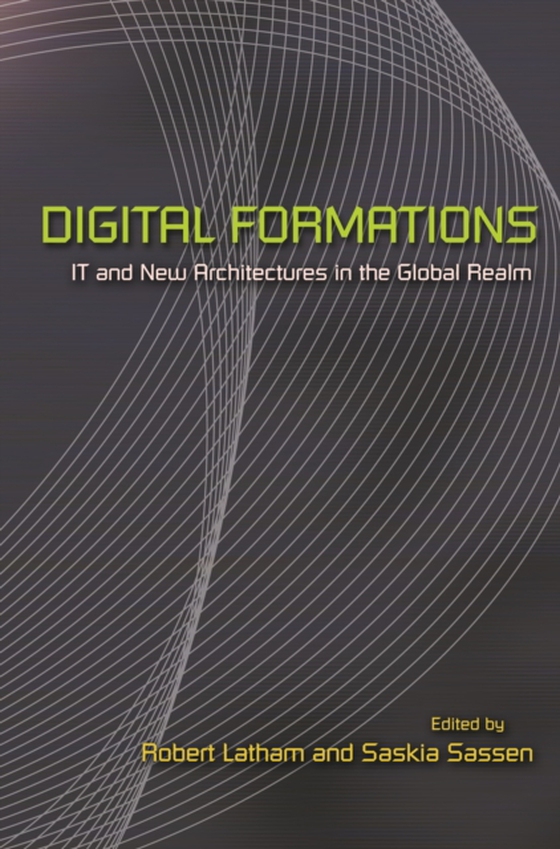
Digital Formations e-bog
504,55 DKK
(ekskl. moms 403,64 DKK)
Computer-centered networks and technologies are reshaping social relations and constituting new social domains on a global scale, from virtually borderless electronic markets and Internet-based large-scale conversations to worldwide open source software development communities, transnational corporate production systems, and the global knowledge-arenas associated with NGO networks. This book ex...
E-bog
504,55 DKK
Forlag
Princeton University Press
Udgivet
19 september 2009
Længde
384 sider
Genrer
Society and culture: general
Sprog
English
Format
pdf
Beskyttelse
LCP
ISBN
9781400831616
Computer-centered networks and technologies are reshaping social relations and constituting new social domains on a global scale, from virtually borderless electronic markets and Internet-based large-scale conversations to worldwide open source software development communities, transnational corporate production systems, and the global knowledge-arenas associated with NGO networks. This book explores how such "e;digital formations"e; emerge from the ever-changing intersection of computer-centered technologies and the broad range of social contexts that underlie much of what happens in cyberspace. While viewing technologies fundamentally in social rather than technical terms, Digital Formations nonetheless emphasizes the importance of recognizing the specific technical capacities of digital technologies. Importantly, it identifies digital formations as a new area of study in the social sciences and in thinking about globalization. The ten chapters, by leading scholars, examine key social, political, and economic developments associated with these new configurations of organization, space, and interaction. They address the operation of digital formations and their implications for the development of longstanding institutions and for their wider contexts and fields, and they consider the political, economic, and other forces shaping those formations and how the formations, in turn, are shaping such forces. Following a conceptual introduction by the editors are chapters by Hayward Alker, Jonathan Bach and David Stark, Lars-Erik Cederman and Peter A. Kraus, Dieter Ernst, D. Linda Garcia, Doug Guthrie, Robert Latham, Warren Sack, Saskia Sassen, and Steven Weber.
 Dansk
Dansk

